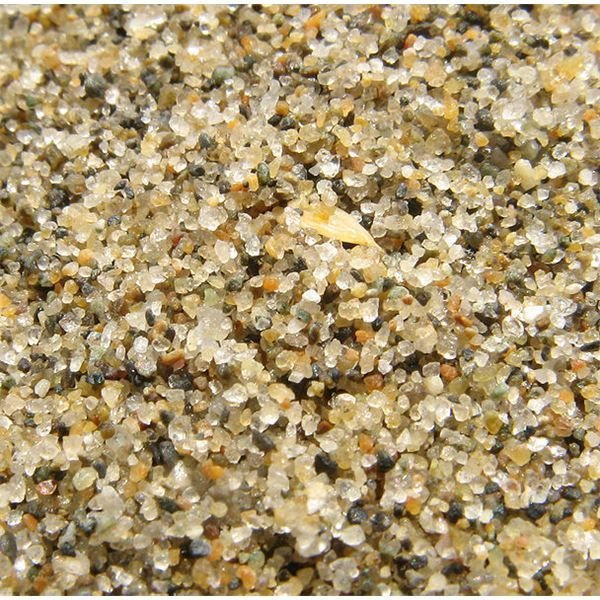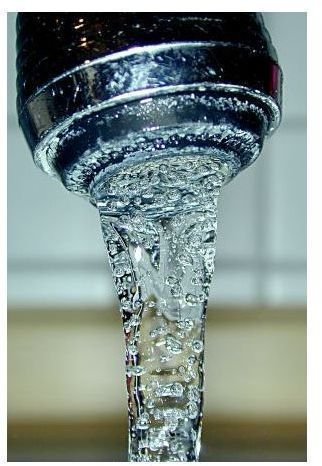Heterogeneous and Homogeneous Mixtures with Examples Study Guide
Background of Mixtures
Mixtures are things that are composed of two or more substances, however, there are some rules to be considered a mixture. First, the substances that compose an object cannot be equal (that is, the mixture cannot contain half of one substance and half of another). Second, these two or more substances cannot be chemically related in order to be considered mixtures. Based on the appearance and the distribution, we can determine between homogeneous and heterogeneous mixtures with examples.
Homogeneous Mixtures with Examples
Homogeneous mixtures refer to compositions that are the same throughout. For example, these mixtures appear to be uniformly the same throughout to the physical eye. In a closer inspection, homogeneous mixtures appear to be the same throughout because the substances that compose them are at a molecular level. Sometimes, homogeneous mixtures are called solutions. What are some examples of homogeneous mixtures? Liquid examples include pure water, white vinegar, sugar water, corn oil, and blood plasma. Surprisingly, homogeneous mixtures are not limited to liquids, they can also be gases and solids. For example, air can be speculated as a homogeneous gas mixture while homogeneous solid mixtures can include alloys such as steel, bronze, brass and other mixtures such as mineral ores. Another type of homogeneous mixture is called a colloid. Colloids are homogeneous; however, they are in between homogeneous and heterogeneous mixtures because their particles are just enough to be noticed in a certain medium. For example, when you see dust in the air that is an example of a colloid because you cannot notice it unless it is highlighted by light. Other examples of colloids include fog as well as milk that you eat in your cereal.
Heterogeneous Mixtures with Examples
Completely opposite of homogeneous mixtures, heterogeneous mixtures are two or more substances that are distinct from one

another. For example, the physical eye can pick up the substances that make up this type of mixture because they are large enough to be seen. Like homogeneous mixtures, examples of heterogeneous mixtures can include solids, liquids, and gases. Some liquid examples include salad dressing and red wine vinegar. A gas example can include air with clouds in it while solid examples include beach sand as well as paving cement. Pretty much anything that is not the same throughout can be considered a heterogeneous mixture (think the planet Earth or even human beings). Another type of heterogeneous mixture is a suspension. Unlike colloids, which need a medium to reveal particular substances, the physical eye can pick out the substances without the need for a medium. For example, beach sand can reveal how it is made up of several small pebbles that are different. Red wine vinegar has the same properties in that you can see the different substances that flow from it. In conclusion, homogeneous and heterogeneous mixtures are a part of everyday life. Even though homogeneous mixtures are technically heterogeneous mixtures, they are still considered homogeneous because the physical eye cannot see the different substances. Heterogeneous mixture examples, however, are remarkably easy to spot the different substances that make up the composition.
References
Sources:
-
- Ophardt, Charles E. “What are Mixtures and Solutions?” https://www.elmhurst.edu/~chm/vchembook/106Amixture.html
Images:
-
- Anlicker, Alex. “Drinking Water.” https://commons.wikimedia.org/wiki/File:Drinking_water.jpg
- Bobanny. “Third Beach Sand.” https://commons.wikimedia.org/wiki/File:Third_beach_sand.jpg
